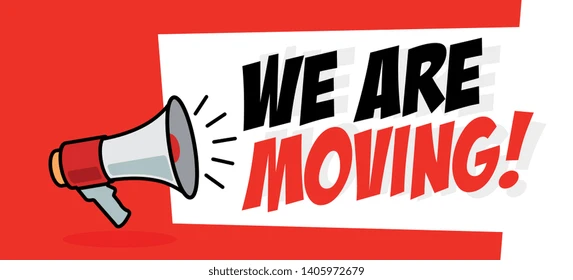Activity
Mon
Wed
Fri
Sun
Jan
Feb
Mar
Apr
May
Jun
Jul
Aug
Sep
Oct
Nov
Dec
What is this?
Less
More
Owned by Manoj
✅ Take Life to the Next Level ! ✅ Rapidly Rewire Your Subconscious Mind (Hypnosis, NLP, & More) ✅ Classes: Money, Love, Habits, Success
Memberships
Infinite Man Academy
280 members • Free
AI Pathways
216 members • $67/m
Men of Action: Forum
5.1k members • $5/m
AI Video Bootcamp
676 members • $9/month
AI Trading Bot Builders
43 members • Free
GC
Growthworks Community
24.1k members • Free
AI Automations by Jack
1.3k members • $77/m
AI Business Builders
172 members • $49/month
CortexTools
385 members • $67/month
66 contributions to Max Potential Unleashed
We Are Moving!
I am closing this Skool Community to move to a new platform. January 2nd, will be your last date to access the Skool platform, but all the existing content will be available on the new FREE platform for early adopters. In addition, we will be adding new resources to overcome mindset blocks and to really get you where you want to go in 2025. I am moving this community to a new platform in 2025 to be more streamlined and easy to use. If you would like to get early access, please sign up below. Sign Up Here --> https://forms.gle/wKHcX2NFjLuSvrbd8 We'll see you there! Happy New Year! Manoj V.
2
0

Happy New Years Folks!
Happy New Years folks! This community will be dissolving soon. I will be hosting the content and community on my personal site. I want you to have continued access, as we build together. If you would like free access, please use the link below. SIGN UP FORM: https://forms.gle/wKHcX2NFjLuSvrbd8
4
0

No Wealth Mastery Call Today!
Hi Everyone, there will be no wealth mastery call today. I will be re-evaluating whether I continue this community in another platform come 2025. Let's connect again in 2025. Still to come in 2025: - New Years Intention Setting Masterclass - Crucial Conversations Continued - Psychology of Wealth Continued. Best and Happy New Years, Manoj
1
0

Procratination: 𝐅𝐞𝐚𝐫, 𝐀𝐯𝐨𝐢𝐝𝐚𝐧𝐜𝐞, 𝐚𝐧𝐝 𝐭𝐡𝐞 𝐏𝐨𝐰𝐞𝐫 𝐭𝐨 𝐂𝐡𝐚𝐧𝐠𝐞
Procrastination is often misunderstood as mere laziness, but in reality, it’s an avoidance mechanism tied to deeper fears and anxieties. When we procrastinate, we’re not just putting off a task; we’re avoiding the emotional discomfort tied to the task. Understanding these fears is the first step to overcoming procrastination and transforming your relationship with achievement. The Hidden Fears Behind Procrastination Procrastination is rooted in fear—fear of the outcome, fear of judgment, or fear of change. Here are the 10 most common fears that drive procrastination: 1. Fear of Failure: The worry that your efforts won’t be good enough, leading to embarrassment or disappointment. 2. Fear of Success: A paradoxical fear that success will bring more responsibility, scrutiny, or change than you’re ready for. 3. Fear of Public Judgment: Concern about how others will perceive your work or ideas. 4. Fear of Being Ostracized: The fear of standing out and being rejected for doing something different or unique. 5. Fear of Making the Wrong Decision: Indecision can paralyze action, making any choice feel overwhelming. 6. Fear of Change: Comfort in the familiar often outweighs the uncertainty of change, even if the change is positive. 7. Fear of Commitment: The worry that starting something means you must see it through, even if it becomes challenging. 8. Fear of Success Not Lasting: Anxiety about achieving a goal only to lose it later. 9. Fear of Criticism: A hypersensitivity to feedback that discourages taking the first step. 10. Fear of Responsibility: Success can bring new obligations, which some fear will add pressure or complexity to their lives. Understanding which fears resonate with you is critical because they influence your behavior, often leading to avoidance instead of action. The Stimulus-Response Cycle and Procrastination Procrastination operates as a stimulus-response cycle. A task or goal acts as the stimulus, triggering a response of avoidance because of the emotional discomfort tied to it. Over time, this pattern becomes ingrained, creating a habit loop that runs on autopilot.
1
0

Don/Atlanta Ga ready to learn, partnership, Team
Happy Holiday to all ready to learn everything the platform has to offer thanks
1-10 of 66
@manoj-varghese-3491
💥Transformation Coach for Biz Owners & Investors
🎯I Help People Overcome Mindset Blocks In 12 Weeks.
Active 3d ago
Joined Sep 3, 2024
ENFJ
FL
Powered by


